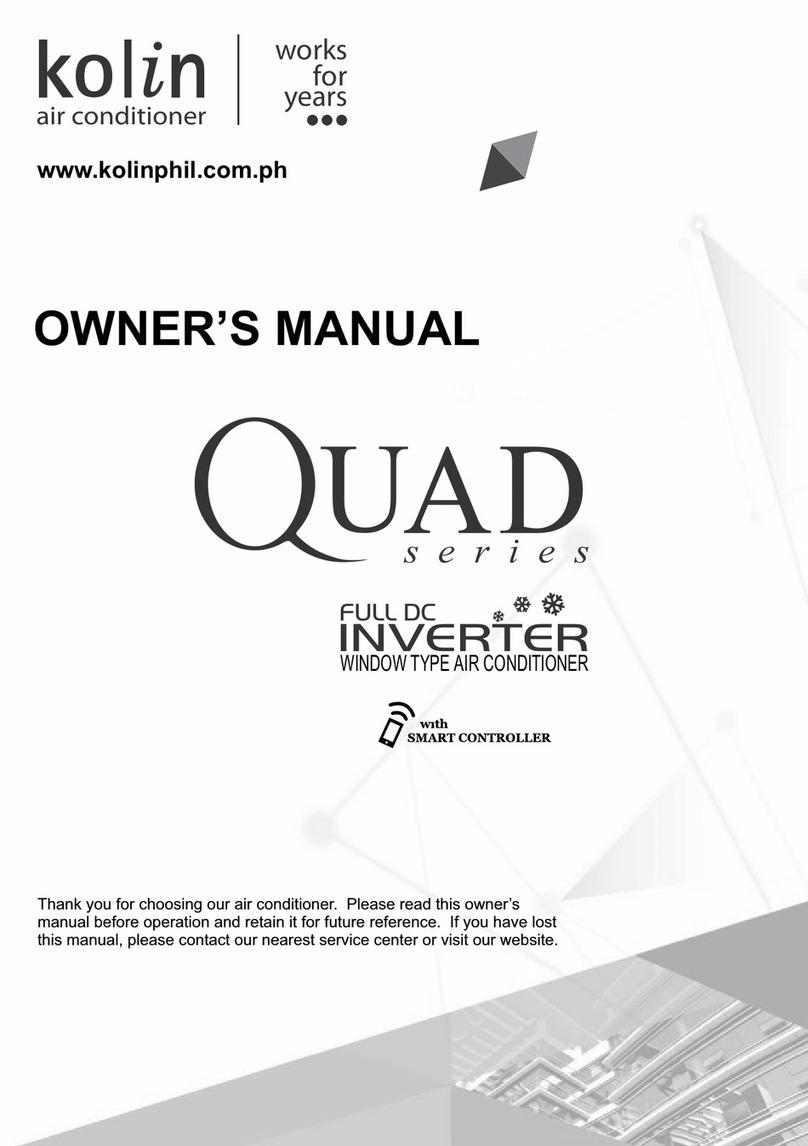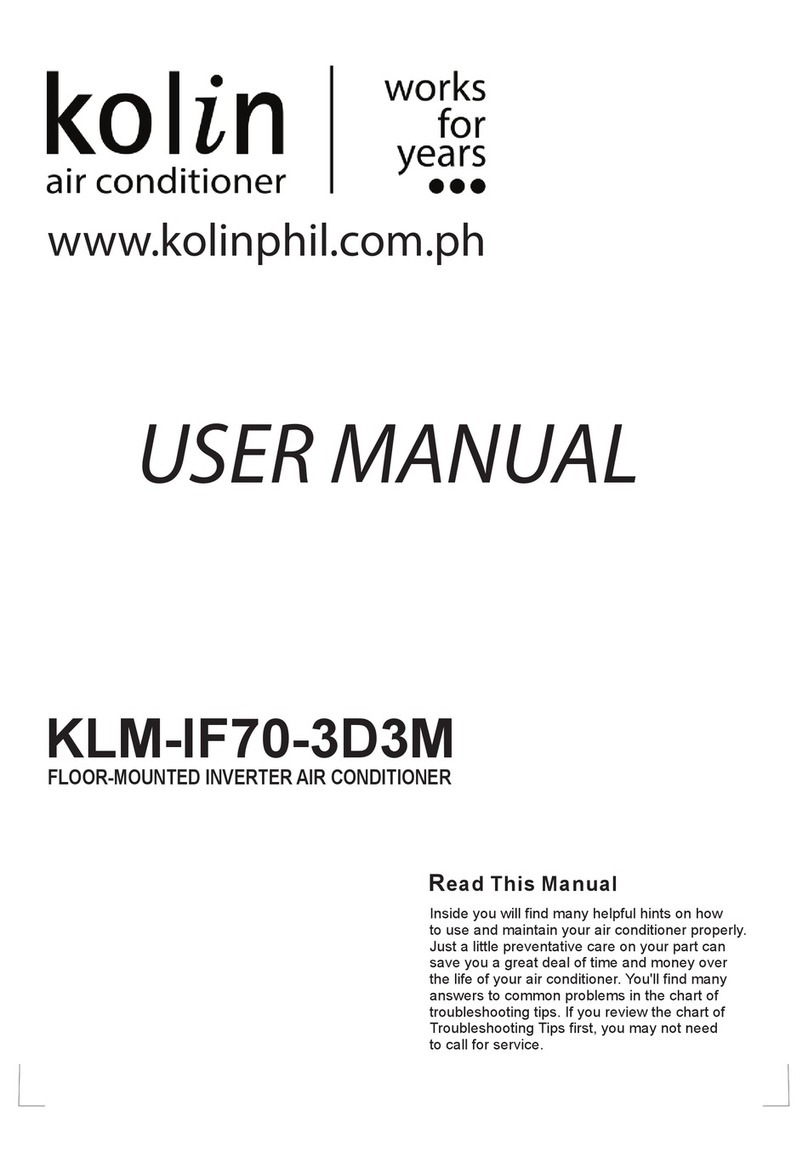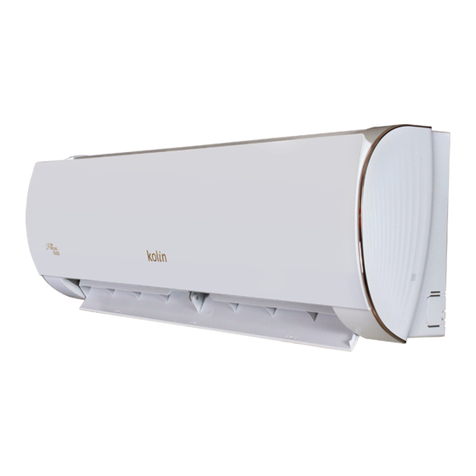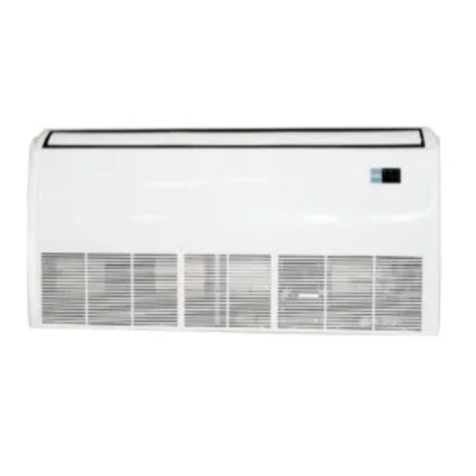Kolin KLG-IF70-2C1M User manual
Other Kolin Air Conditioner manuals
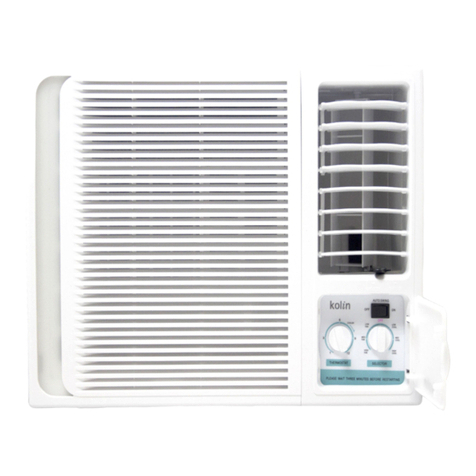
Kolin
Kolin KAM-75BMC User manual
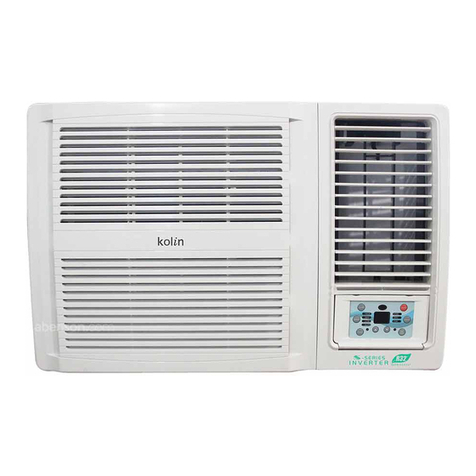
Kolin
Kolin KAG-110RSINV User manual
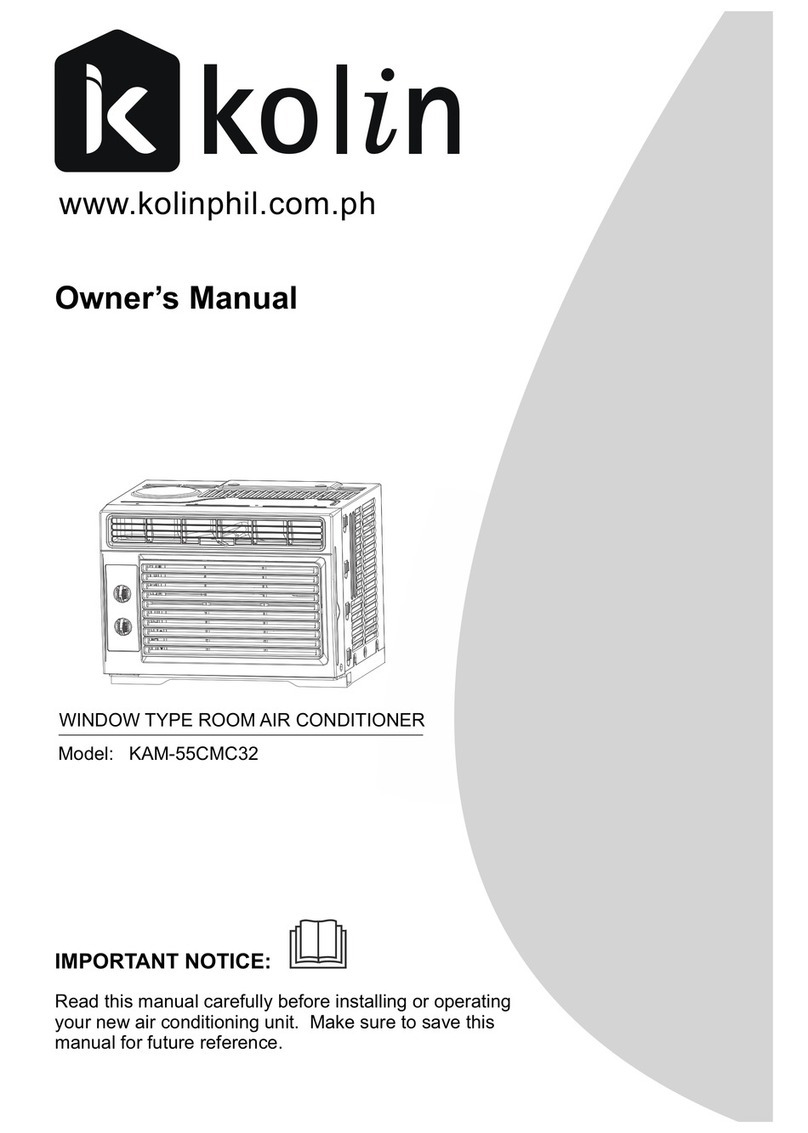
Kolin
Kolin KAM-55CMC32 User manual
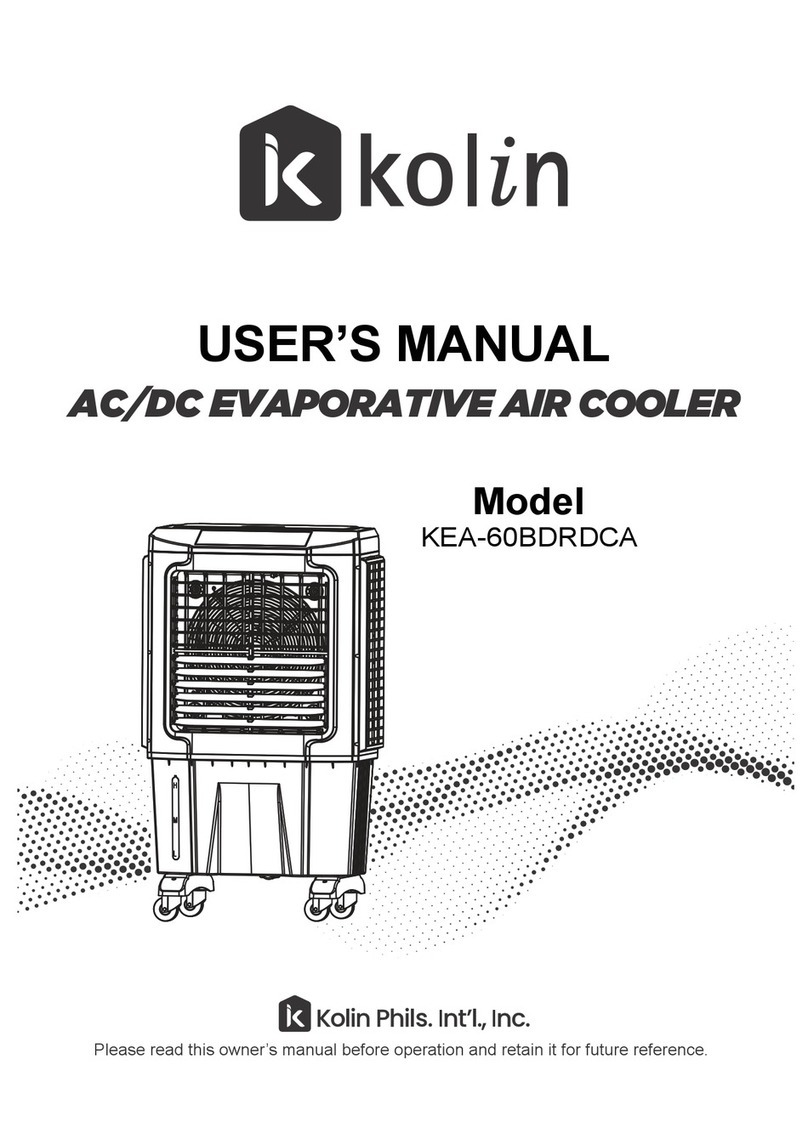
Kolin
Kolin KEA-60BDRDCA User manual

Kolin
Kolin KLG-SF40-5G1M User manual
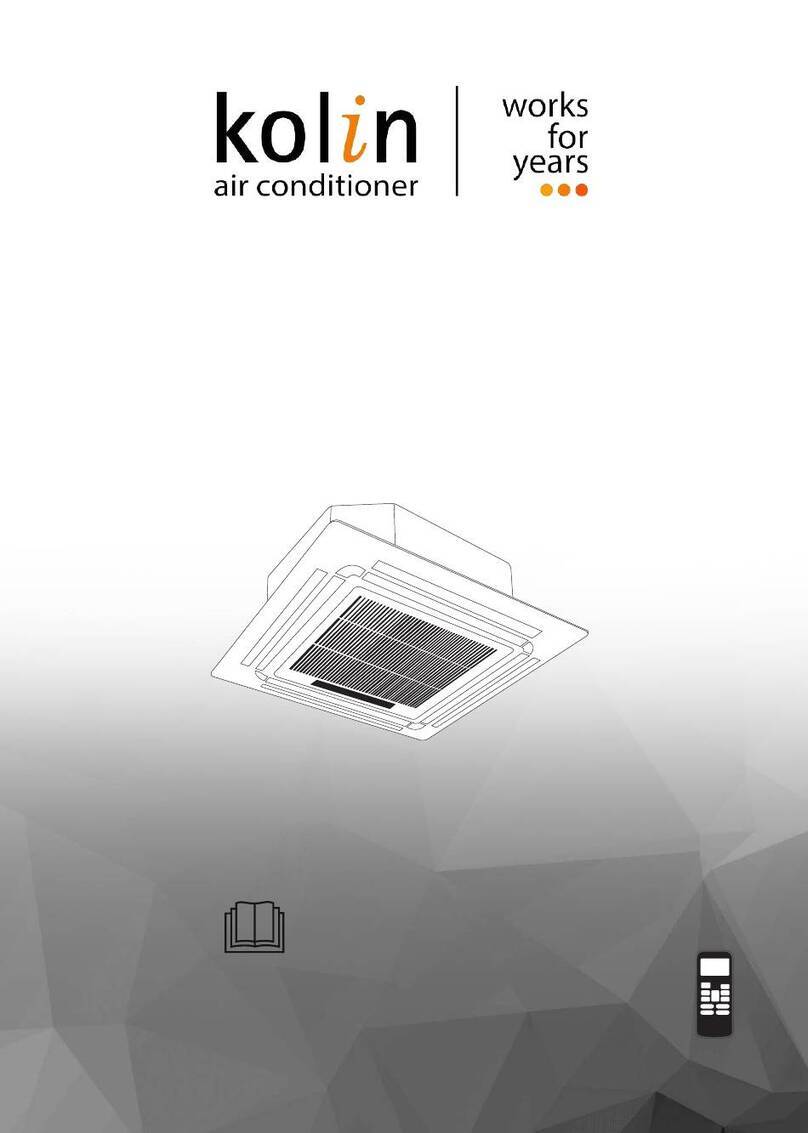
Kolin
Kolin KLM-SS40-4F1M User manual
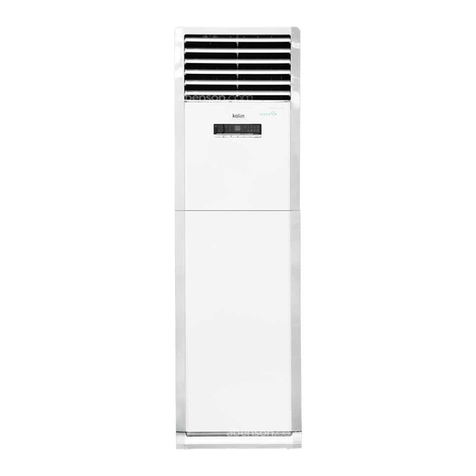
Kolin
Kolin KLG-IF40-3D1M User manual
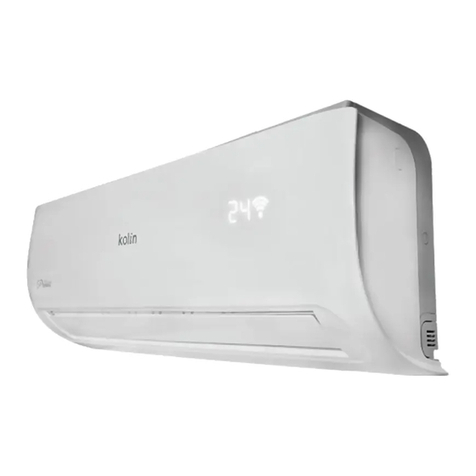
Kolin
Kolin KSM-IW10WAE-7J1M User manual
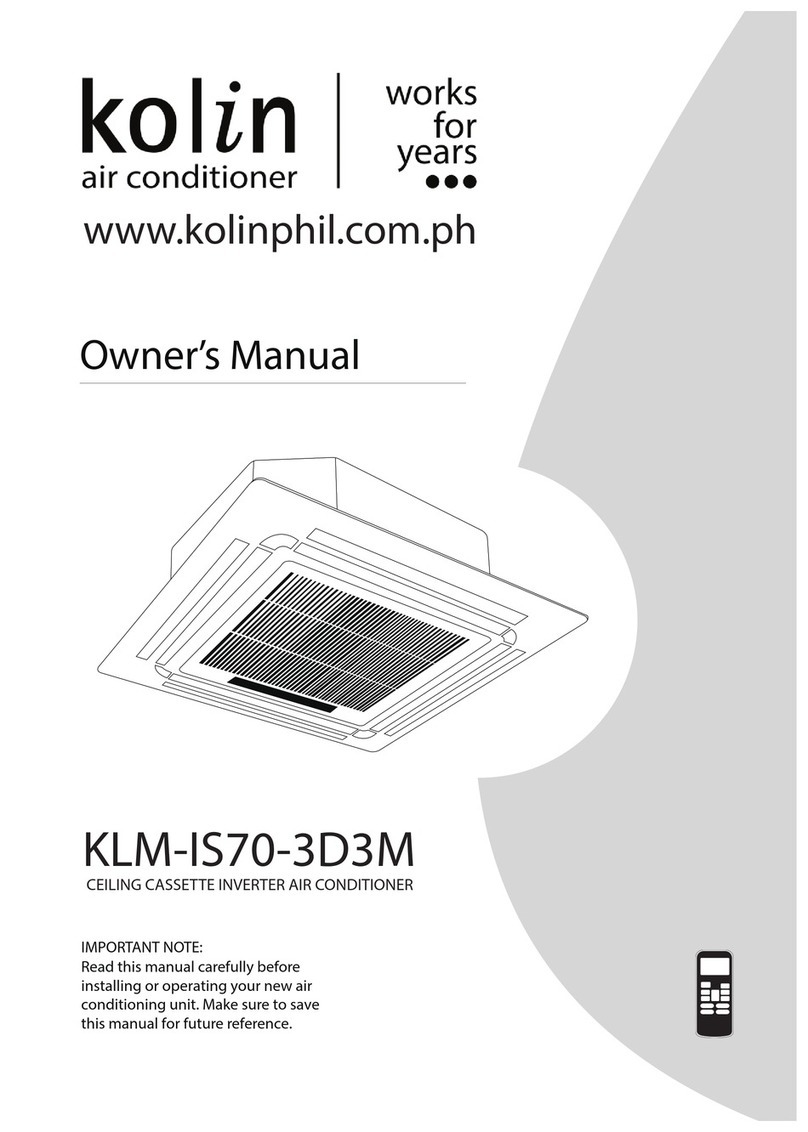
Kolin
Kolin KLM-IS70-3D3M User manual
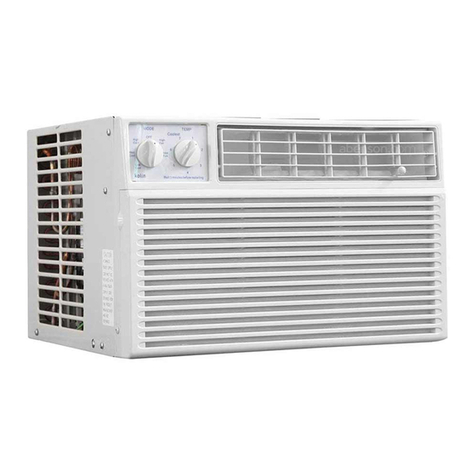
Kolin
Kolin E Series User manual
Popular Air Conditioner manuals by other brands

Fujitsu
Fujitsu ASYG 09 LLCA installation manual

York
York HVHC 07-12DS Installation & owner's manual

Carrier
Carrier Fan Coil 42B Installation, operation and maintenance manual

intensity
intensity IDUFCI60KC-3 installation manual

Frigidaire
Frigidaire FAC064K7A2 Factory parts catalog

Sanyo
Sanyo KS2432 instruction manual

Mitsubishi Electric
Mitsubishi Electric PUHZ-RP50VHA4 Service manual

Panasonic
Panasonic CS-S18HKQ Service manual

Panasonic
Panasonic CS-E15NKE3 operating instructions

Gree
Gree GWH18TC-K3DNA1B/I Service manual

Friedrich
Friedrich ZoneAire Compact P08SA owner's manual

Daikin
Daikin R32 Split Series installation manual
